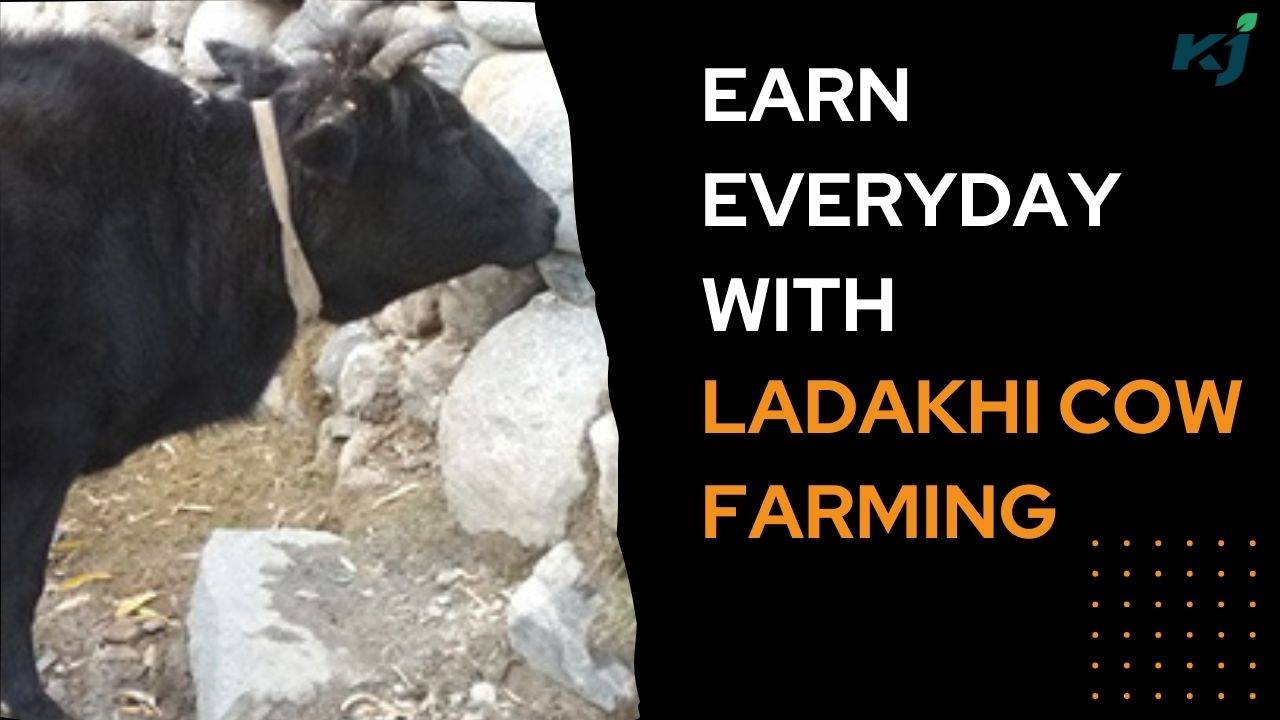
Cow farmers find cow rearing as the most profitable source of livelihood. This enables them to generate substantial monthly income. Our nation boasts of several exceptional breeds of cows that provide significant benefits to farmers. One such breed is the Ladakhi cow, and so, let’s take a comprehensive look at their distinctive features and other important details today.
What is the breed of Ladakhi cow?
Ladakhi cattle, a draft breed, have their roots in the Ladakh region of Jammu and Kashmir. The main breeding areas for this species are Leh and Kargil districts of Jammu and Kashmir. The milk produced by these cows plays an important role as a source of protein for the local population, especially during the harsh winter months.
Where did the Ladakhi cow come from?
Ladakhi cattle originate from the Ladakh region of Jammu and Kashmir. They are characterized by their small size and short stature with a black or brown color, and are well adapted to harsh cold and oxygen-poor environments. These cattle have a compact body and short legs, which increase their suitability for traveling in mountainous areas.
Milk production of Ladakhi cow
Ladakhi cattle are indigenous to the Ladakh region in Jammu and Kashmir. They are relatively small in size with short stature, are usually black or brown in color, and have successfully adapted to extremely cold and oxygen-poor environments. Their bodies are compact, with short legs, making them suitable for rugged mountain terrain. These cattle are extensively reared for their milk, draft abilities and the valuable manure they provide. They have slightly curved, upward-pointing horns that end in pointed tips on their foreheads.
The foreheads are short, straight and covered with hair, while the faces are slightly longer. They are slightly compact and cup-shaped, producing around 2 to 5 kg of milk per day. This milk contains about 5% fat, which is mainly used to make butter and curd, which are essential ingredients of the local diet, especially during the harsh winters. Consequently, milk from these cattle is an important source of protein for the local population.
Other details about Ladakhi cow
Ladakhi cattle generally have relatively short horns compared to other cattle breeds. They usually wear a black coat, although some may show brown spots. Their horns curve slightly up and forward, and they have a flat, narrow forehead with a small hump on the back.
As is the case with all living things, the people of Ladakh are prone to various ailments, and these cows are no exception. However, these cows have been selectively bred for their ability to resist many diseases, and their robust appearance reflects this resilience. Although some diseases are more common in Ladakhi cattle, immediate veterinary help is recommended if any of these cows become ill.
In summary, Ladakhi cows are ideally suited to high altitude areas, producing valuable milk with health benefits. Their remarkable disease resistance makes them a reliable source of income for livestock farmers.
First Published: 21 Sep 2023, 14:34 IST
